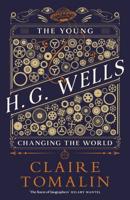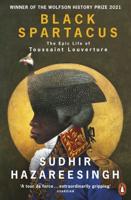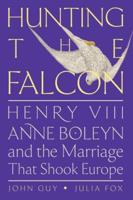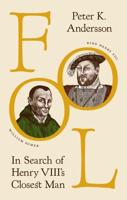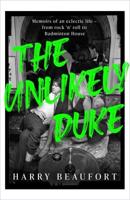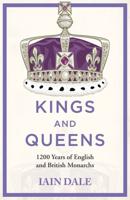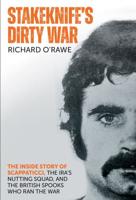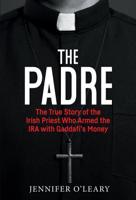Publisher's Synopsis
IN this Robert Louis Stevenson biography I propose to follow a somewhat unusual course; or to sketch what may be considered a rather eccentric outline. It can only be justified in practice; and I have a healthy fear that my practice will not justify it. Nevertheless, I have not adopted it without considerable thought, and even doubt, about the best way of dealing with a real and practical problem. G.K. Chesterton Robert Louis Balfour Stevenson (13 November 1850 - 3 December 1894) was a Scottish novelist, poet, essayist, musician and travel writer. His most famous works are Treasure Island, Kidnapped, Strange Case of Dr Jekyll and Mr Hyde, and A Child's Garden of Verses. Stevenson was a literary celebrity during his lifetime, and now ranks as the 26th most translated author in the world. His works have been admired by many other writers, including Jorge Luis Borges, Bertolt Brecht, Marcel Proust, Arthur Conan Doyle, Henry James, Cesare Pavese, Emilio Salgari, Ernest Hemingway, Rudyard Kipling, Jack London, Vladimir Nabokov, J. M. Barrie, and G. K. Chesterton, who said that Stevenson "seemed to pick the right word up on the point of his pen, like a man playing spillikins" Stevenson was visiting a cousin in England in late 1873 when he met two people who became very important to him-Sidney Colvin and Fanny (Frances Jane) Sitwell. Sitwell was a 34-year-old woman with a son, who was separated from her husband. She attracted the devotion of many who met her, including Colvin, who eventually married her in 1901. Stevenson was also drawn to her, and they kept up a heated correspondence over several years in which he wavered between the role of a suitor and a son (he addressed her as "Madonna"). Colvin became Stevenson's literary adviser and was the first editor of Stevenson's letters after his death. Soon after their first meeting, he had placed Stevenson's first paid contribution in The Portfolio-an essay titled "Roads". Stevenson was soon active in London literary life, becoming acquainted with many of the writers of the time, including Andrew Lang, Edmund Gosse, and Leslie Stephen, the editor of the Cornhill Magazine who took an interest in Stevenson's work. Stephen in turn introduced him to a more important friend while visiting Edinburgh in 1875. He took Stevenson with him to visit a patient at the Edinburgh Infirmary named William Ernest Henley, an energetic and talkative man with a wooden leg. Henley became a close friend and occasional literary collaborator, until a quarrel broke up the friendship in 1888. Henley is often seen as the model for Long John Silver in Treasure Island. Stevenson was sent to Menton on the French Riviera in November 1873 to recuperate after his health failed. He returned in better health in April 1874 and settled down to his studies, but he returned to France several times after that. He made long and frequent trips to the neighborhood of the Forest of Fontainebleau, staying at Barbizon, Grez-sur-Loing, and Nemours and becoming a member of the artists' colonies there, as well as to Paris to visit galleries and the theatres.[36] He qualified for the Scottish bar in July 1875, and his father added a brass plate to the Heriot Row house reading "R.L. Stevenson, Advocate". His law studies did influence his books, but he never practised law;[37] all his energies were spent in travel and writing. One of his journeys was a canoe voyage in Belgium and France with Sir Walter Simpson, a friend from the Speculative Society, a frequent travel companion, and the author of The Art of Golf (1887). This trip was the basis of his first travel book An Inland Voyage.

